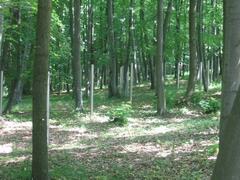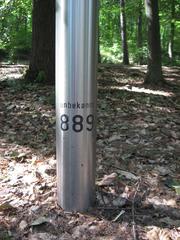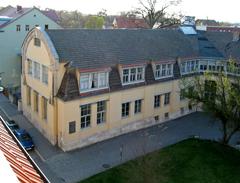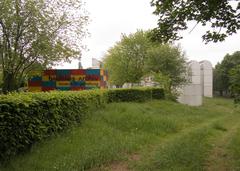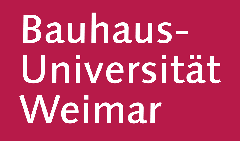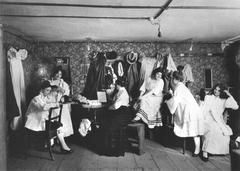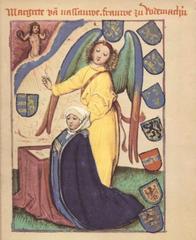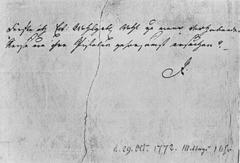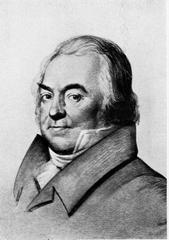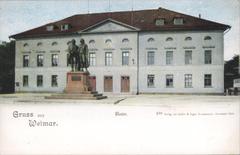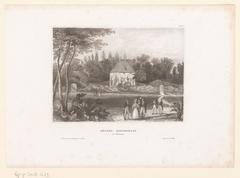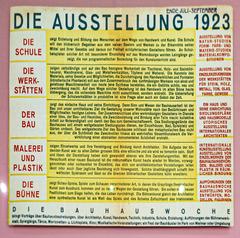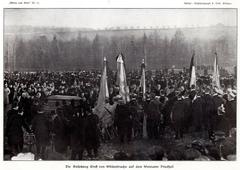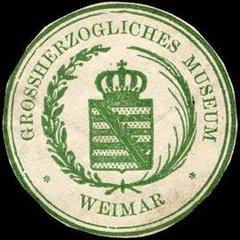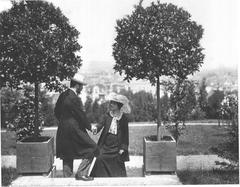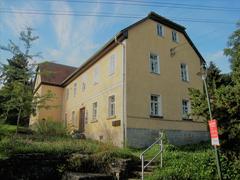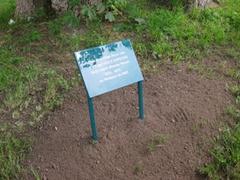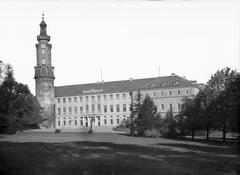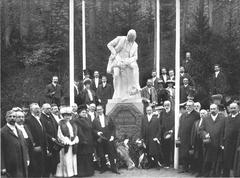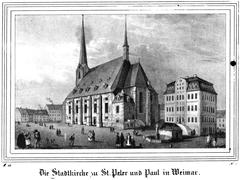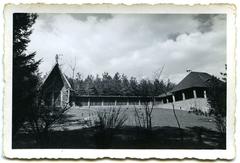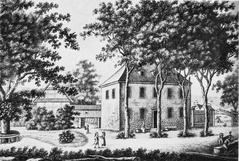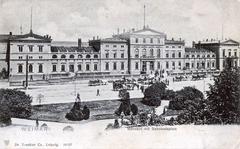
Visiting Buchenwald: A Comprehensive Guide to History, Hours, Tickets, and the NKVD Special Camp Nr. 2
Introduction
Buchenwald, located near Weimar, Germany, stands as a chilling testament to the horrors of the 20th century. Originally established as a Nazi concentration camp in 1937, the site later became NKVD Special Camp Nr. 2 under Soviet control after World War II. This layered history makes Buchenwald a crucial site for understanding both Nazi atrocities and the complexities of post-war Europe. This guide provides essential information for planning a meaningful and respectful visit, including historical context, visiting hours, ticket details, accessibility information, and nearby attractions.
Historical Background
Nazi Era and Buchenwald Concentration Camp (1937-1945)
Buchenwald was one of the largest concentration camps established by the Nazi regime. From 1937 to 1945, it imprisoned hundreds of thousands of people deemed enemies of the state, including Jews, political prisoners, Roma, homosexuals, and Jehovah’s Witnesses. (Liberation Route; Holocaust Educational Trust) Tens of thousands perished within its walls due to forced labor, starvation, disease, and execution.
Soviet Era and NKVD Special Camp Nr. 2 (1945-1950)
Following World War II, the Soviet Union established Special Camp Nr. 2 within the existing Buchenwald infrastructure. Operated by the NKVD, the Soviet secret police, the camp held thousands of prisoners, including former Nazi officials, political prisoners, and those suspected of anti-Soviet activities. (official Buchenwald site) This period, though shorter than the Nazi era, added another layer of suffering and complexity to the site’s history.
Visitor Information
Location and Access
Buchenwald is located approximately 8 kilometers northwest of Weimar and is easily accessible by various means:
- Car: Ample parking is available near the memorial site.
- Public Transport: Regular bus services connect Weimar to Buchenwald.
- Bicycle: Dedicated cycling paths lead to the site.
Visiting Hours
The Buchenwald Memorial is generally open year-round, but hours vary seasonally. It’s crucial to check the official website for the most up-to-date information.
Admission and Tickets
Admission to the Buchenwald Memorial grounds and permanent exhibitions is free. However, fees may apply for special exhibitions or guided tours. Booking tours in advance is recommended, especially during peak season.
Accessibility
The memorial strives to provide access for visitors with disabilities. Wheelchair-accessible routes and facilities are available, and assistance can be requested in advance.
Guided Tours and Educational Programs
Guided tours are highly recommended to enhance your understanding of the site’s complex history. Tours are offered in multiple languages and cater to various interests, including specific aspects of the Nazi and Soviet periods. Educational programs and workshops are also available for students and groups.
What to See and Do
- Memorial Sites: Explore the numerous memorials dedicated to the victims of both the Nazi and Soviet regimes.
- Camp Buildings: Visit preserved barracks, watchtowers, and other structures to gain a sense of the camp’s physical reality.
- Exhibitions: Engage with exhibitions that provide in-depth information about the camp’s history, the lives of the prisoners, and the broader historical context.
- Museum: The Buchenwald Memorial Museum houses a comprehensive collection of artifacts and documents related to the site’s history.
Nearby Attractions
- Weimar: Explore the historic city of Weimar, known for its cultural heritage and associations with figures like Goethe and Schiller.
- Goethe National Museum: Learn about the life and works of Johann Wolfgang von Goethe.
- Bauhaus Museum: Discover the history and influence of the Bauhaus design school.
Frequently Asked Questions (FAQ)
-
Q: Is Buchenwald suitable for children?
-
A: Due to the sensitive and potentially disturbing nature of the site, careful consideration should be given before bringing children. The memorial provides educational resources for younger visitors, but parental guidance is essential.
-
Q: Are there restrictions on photography?
-
A: Photography is generally permitted for personal use, but restrictions may apply in certain areas out of respect for the victims and their families.
-
Q: Are there food and drink facilities on-site?
-
A: A café is available at the visitor center.
Conclusion
A visit to Buchenwald is a powerful and moving experience. It offers a profound opportunity to learn about a dark chapter in human history, to honor the victims, and to reflect on the importance of human rights and remembrance. By planning your visit carefully and engaging with the available resources, you can ensure a meaningful and respectful experience.
